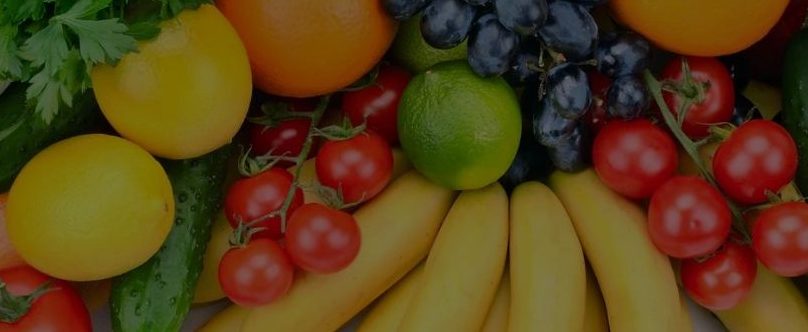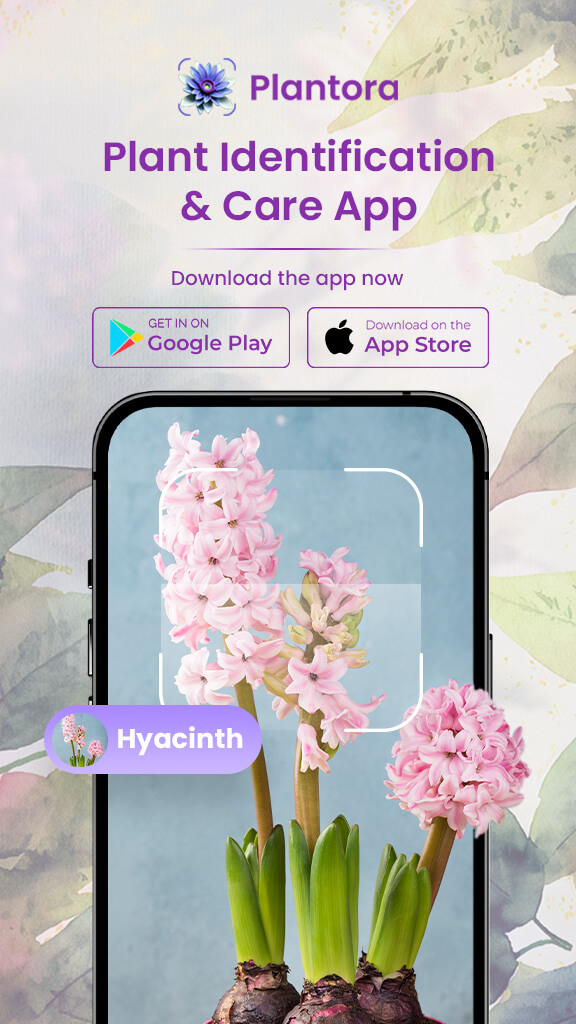
Indoor fruit plants can improve the overall appeal of your home with their fragrant blooms and flavourful fruits. With the right care, you can grow various indoor fruiting plants easily. Indoor fruiting plants need lots of sunlight, and since they are grown as potted plants, their soil should be replenished more often than the plants grown in the garden.
Growing indoor fruit plants requires patience and extra work; however, if you are willing, you’ll be rewarded with delicious fruits and the beauty of these plants at home. So if you are looking to test your gardening skills by growing these flavourful edible plants at home, this guide will help you do so.
So without further ado, let’s explore some popular indoor fruiting plants and how you can grow them at home.
Basics of Growing Indoor Fruit Plants
Indoor fruiting plants require more care and attention than traditional indoor plants. Here are some basics that you need to know before you start growing an indoor fruit garden –
- Choosing the Plants: Fruiting plants are usually well-suited for outdoor environments; however, there are some dwarf varieties of these plants that you can grow indoors. But each plant has different care needs. Therefore, research the care requirements of each plant and whether you can fulfill them before selecting the plant.
- Light: The most important need of indoor fruit plants is sunlight. For all indoor fruiting plants, light is needed to produce fruits. If your home receives less light, then you can opt for grow lights for your indoor fruit plants.
- Water: Most indoor fruiting plants need regular watering, but with a well-draining soil mix. Too much and too little water can affect the growth of the plants; therefore, finding the right balance is crucial.
- Feeding: Indoor fruit plants need the right nutrients to produce fruit. You can choose between organic and synthetic fertilizers. To avoid chemicals and promote organic gardening, choose fertilizers like compost and worm castings. However, synthetic fertilizers are easier to use and readily available. Just read the label to determine the right amount of fertilizer.
- Pollination: Some indoor fruiting plants require pollination to produce fruit, but due to the unavailability of pollinators such as bees, they might not be able to produce fruit. Therefore, you can help them pollinate by using a soft brush to transfer pollen grains from one flower to another.
- Pests and Diseases: Indoor fruit plants can attract various houseplant pests and are susceptible to plant diseases. Pests such as spider mites, scale insects, and mealybugs are common culprits. Moreover, diseases like powdery mildew can be a problem. Therefore, regularly monitor your plants for any signs or symptoms of diseases and use neem oil to treat pest infestations.
Top Indoor Fruit Plants To Grow
1. Strawberries

One of the most popular indoor fruiting plants is Strawberries. You can grow strawberries as hanging plants or potted plants. Choose a cultivar that is well-suited for indoor environments. Use well-draining soil and keep the soil consistently moist. Make sure you provide enough light for strawberries to grow.
Moreover, you’ll need to pollinate strawberries by hand as these plants aren’t self-pollinating. With enough care and patience, you can enjoy these flavorful indoor fruit plants all year.
2. Meyer Lemon

These citrus indoor fruit plants are great for indoor gardening because of their appearance and captivating fragrance. Meyer lemons are a hybrid with a sweeter flavour than normal varieties, which is great for lemonades. Moreover, these are some of the easiest indoor fruiting plants to grow.
Meyer lemons produce decorative white blooms and thrive in a sunny, cool, and humid environment. Use a slightly acidic and well-draining soil for these plants. Furthermore, you’ll need to pollinate these plants by hand using a soft brush to transfer pollen.
3. Fig

Figs are commonly grown indoors, but not all varieties of figs can be grown indoors. But you can choose from cultivars that are well-suited for indoor environments. These plants are small in size and reach a height of 3 to 4 feet. Figs thrive in pots, making them a great choice for indoor fruit plants.
Moreover, figs only need 6-8 hours of daily sunlight and well-draining soil to thrive. You can choose from self-pollinating varieties.
4. Olive

These indoor fruiting plants can be a great addition to your indoor garden because of their attractive silver-grey leaves. Olive thrives in a cold but not chilly environment. However, these indoor fruit plants do need bright light and regular watering even in winter.
Choose from varieties that are well-suited for indoor environments, and use well-draining soil for Olives to thrive. However, olives won’t readily produce fruits as they take a few years to grow. Therefore, only choose these plants if you can wait this long.
5. Clementine

Clementines are small mandarin oranges that are full of flavor despite their small size. A dwarf clementine can easily spend its whole life in a container, making it a great choice as an indoor fruit plant. These plants can be shifted outdoors in the summer and brought in for winter. However, you can keep these plants indoors all year round.
Clementines thrive in well-draining and slightly sandy soil with the right amount of watering.
6. Banana

Believe it or not, you can grow bananas at home; however, home-grown bananas will produce smaller fruits. But worry not, as they have the same taste as store-bought fruits. These indoor fruit plants give your space a tropical appearance, but you’ll need to regularly mist these plants to mimic their natural environment.
On top of that, bananas require regular feeding and full sun to thrive. The cluster of fruits adds to the appeal of these indoor fruiting plants.
7. Tomatoes

Tomatoes are another type of citrus fruit that can be grown indoors. However, the tomato plant care can be a little tricky. These indoor fruit plants require a lot of light, so if your home receives less light, consider using a grow light. Moreover, tomatoes require regular and deep watering; however, make sure not to overwater these plants.
Some dwarf varieties and cherry tomatoes can be grown easily in containers at home. Use a well-draining soil for these plants.
8. Pineapple

Pineapples can be grown indoors, and you can start by cutting the top of a healthy pineapple with about 1 inch of fruit attached. Let the fruit dry before you plant it in a well-draining potting mix. Place the plant in a location with direct and indirect sunlight.
These indoor fruit plants grow best in a tropical and warm climate. To do that, you can make a small greenhouse at your home. Growing a pineapple indoors requires more care and attention than other indoor fruiting plants. Therefore, these plants aren’t recommended for beginners. However, if you do manage to grow pineapple indoors, it can become an interesting conversation piece.
9. Avocado

Avocados are easy to grow indoors, and you can start by using the pit of an avocado fruit. These indoor fruit plants are low-maintenance, however, they can take up to a decade to bear fruit. Therefore, these plants aren’t grown popularly.
Moreover, avocados require a lot of sunlight to produce fruit, so you may need the support of grow lights for these plants.
Conclusion
Indoor fruit plants can be a great addition to an indoor garden. With a little extra care and maintenance, you can easily grow indoor fruiting plants and enjoy the taste of these delicious fruits at home. While some fruiting plants might require more care than you can provide, you can also choose from low-maintenance fruits that can be grown easily. So, make sure to add these plants to your list and grow them at home. Download the Plantora App to learn more about fruiting plants and their care.
Raghav is a talented content writer with a passion to create informative and interesting articles. With a degree in English Literature, Raghav possesses an inquisitive mind and a thirst for learning. Raghav is a fact enthusiast who loves to unearth fascinating facts from a wide range of subjects. He firmly believes that learning is a lifelong journey and he is constantly seeking opportunities to increase his knowledge and discover new facts. So make sure to check out Raghav’s work for a wonderful reading.









